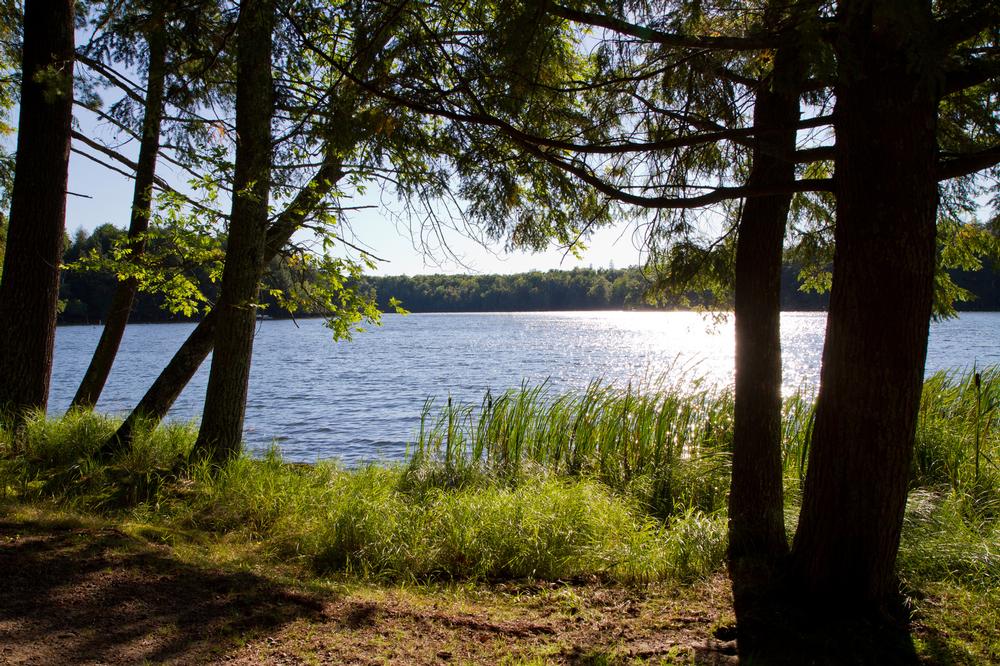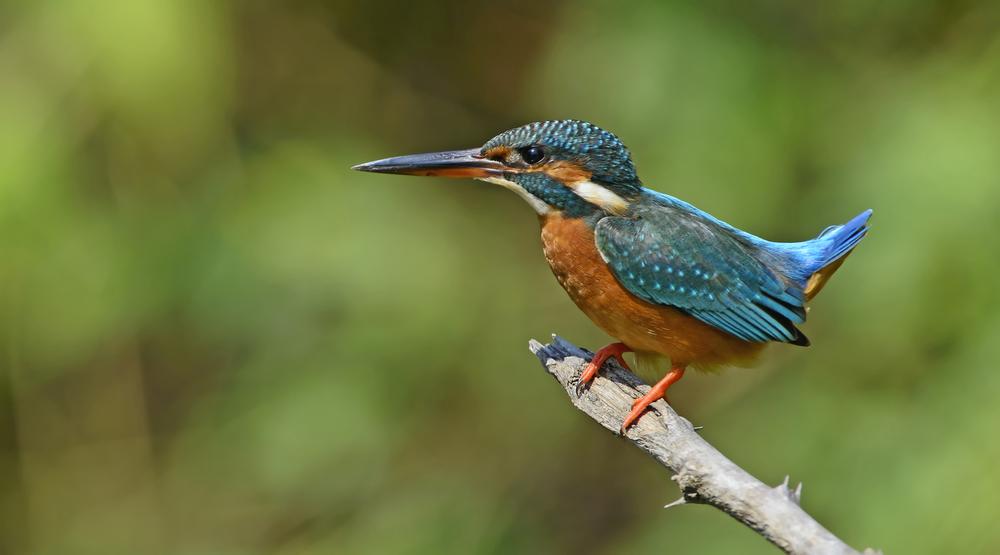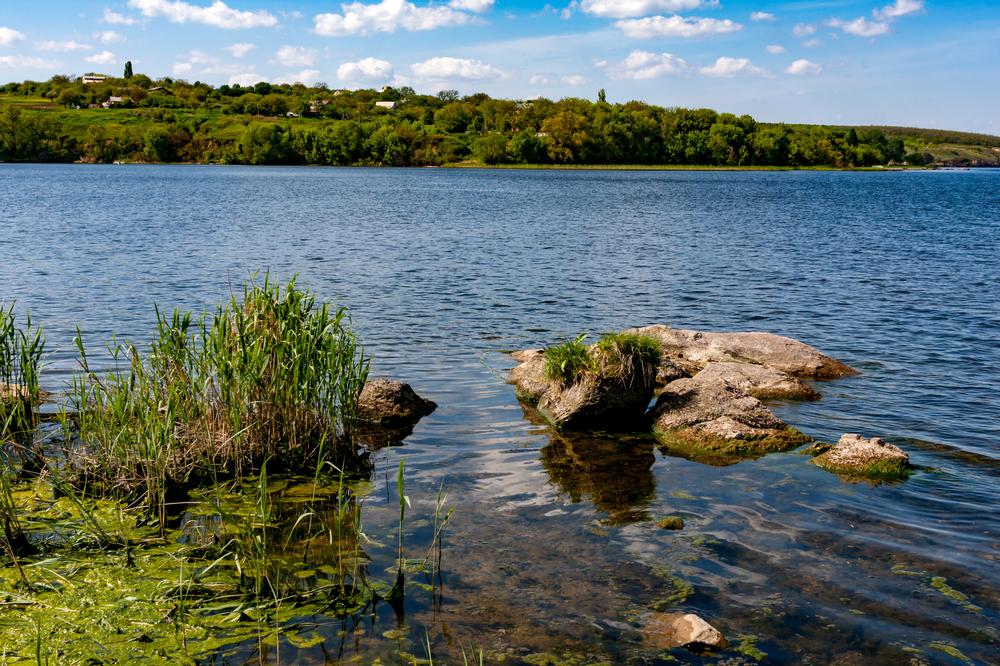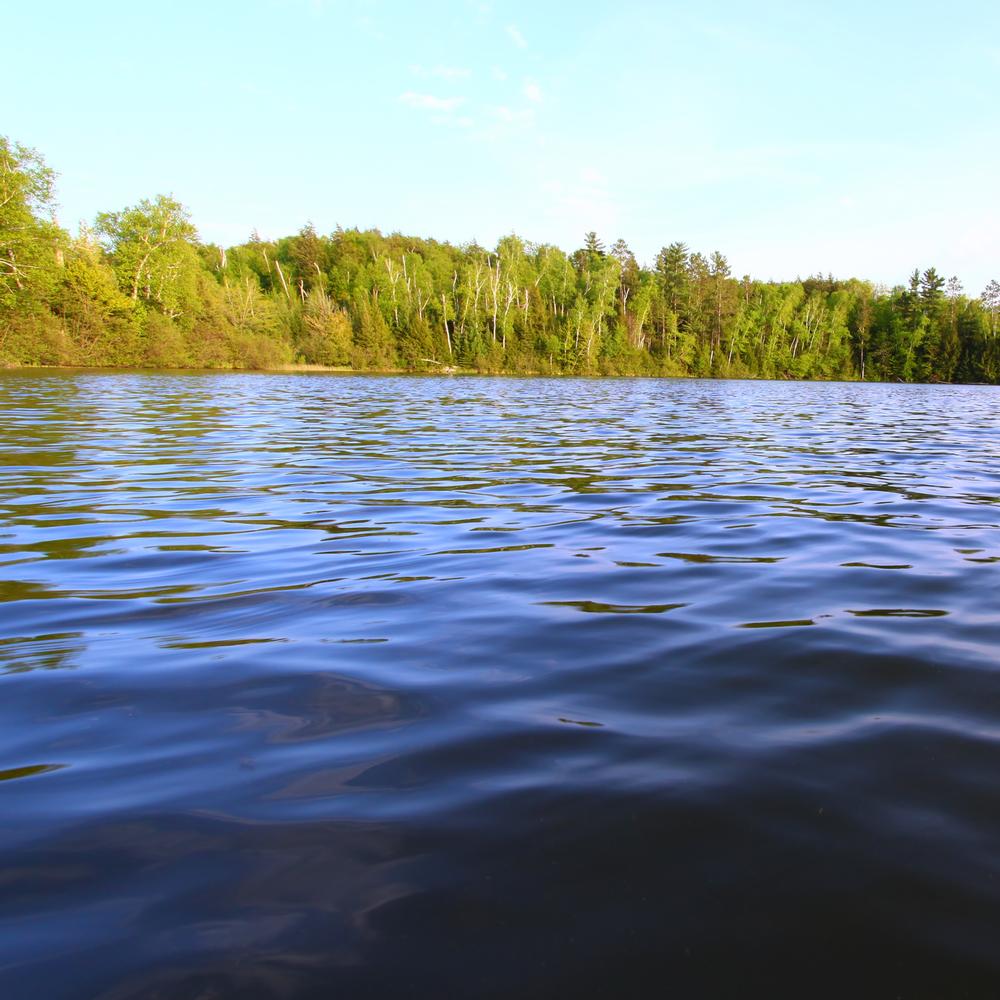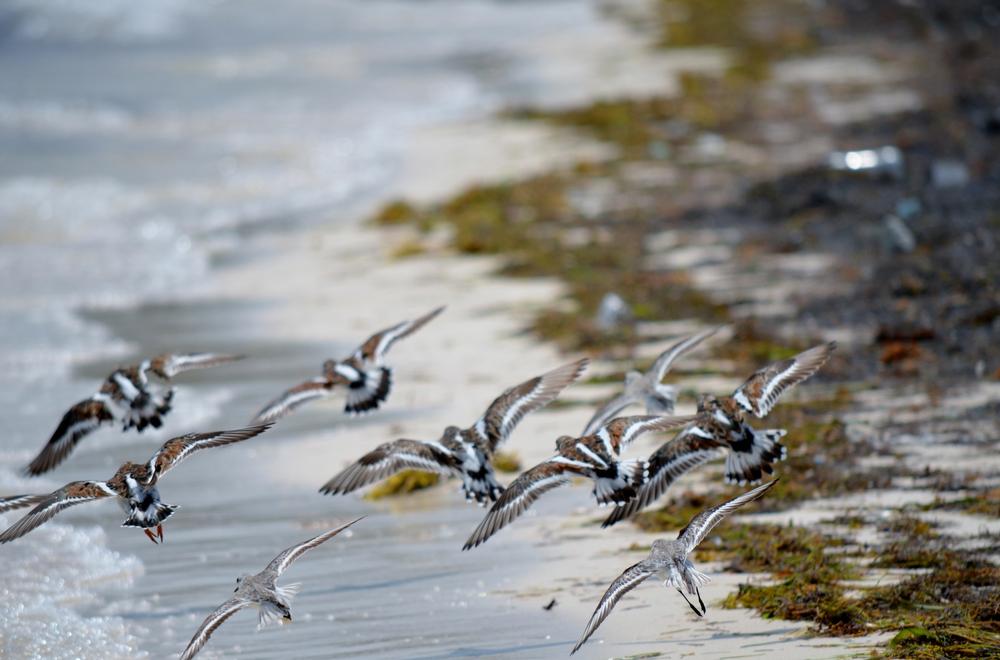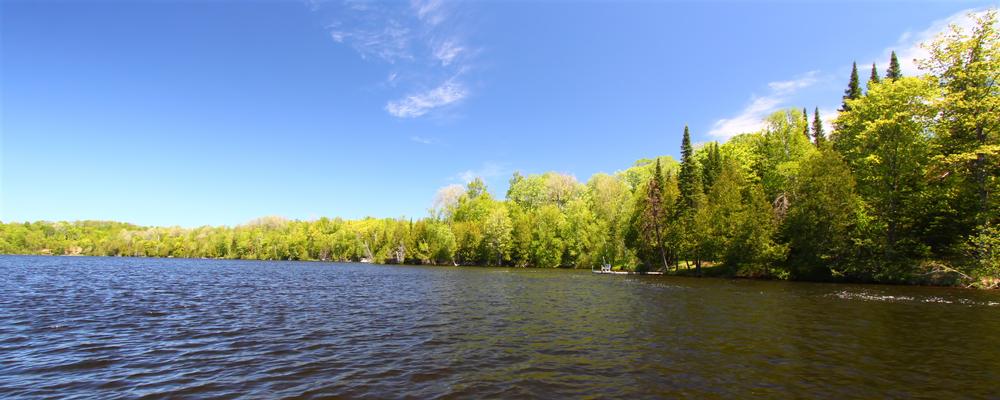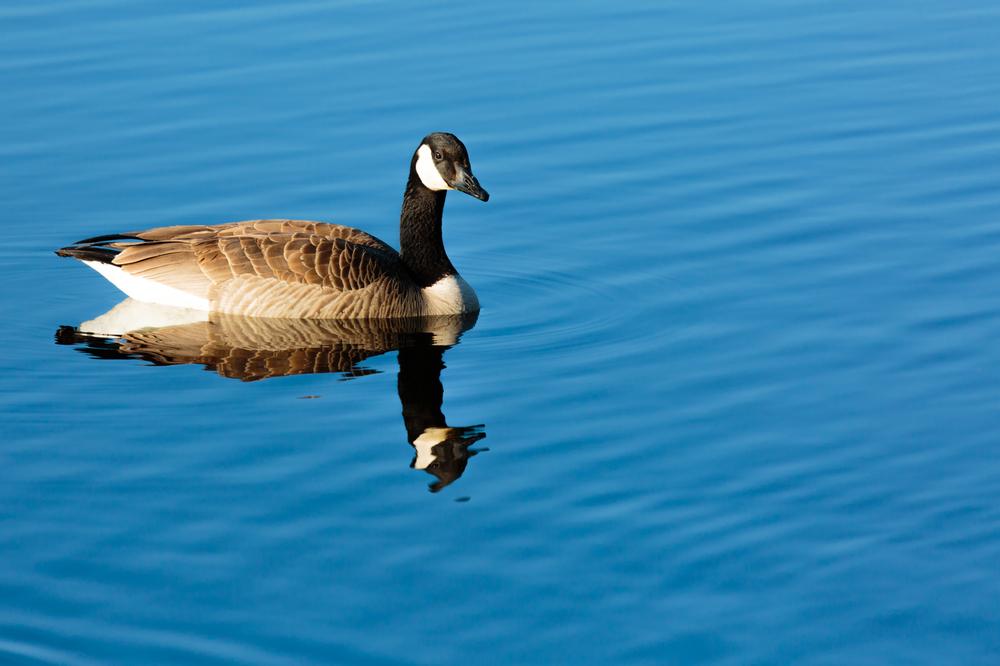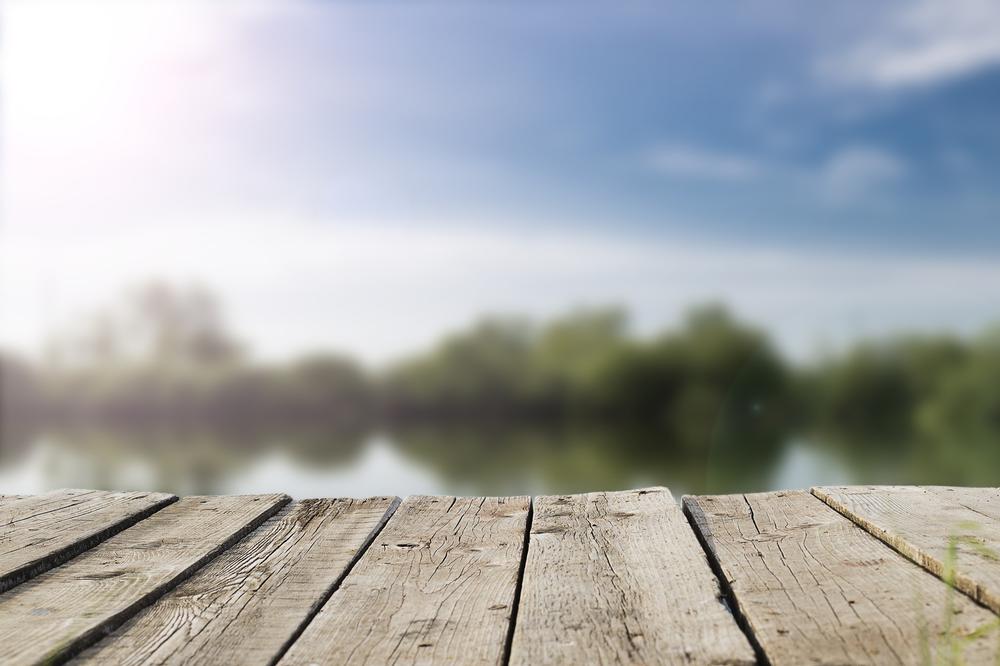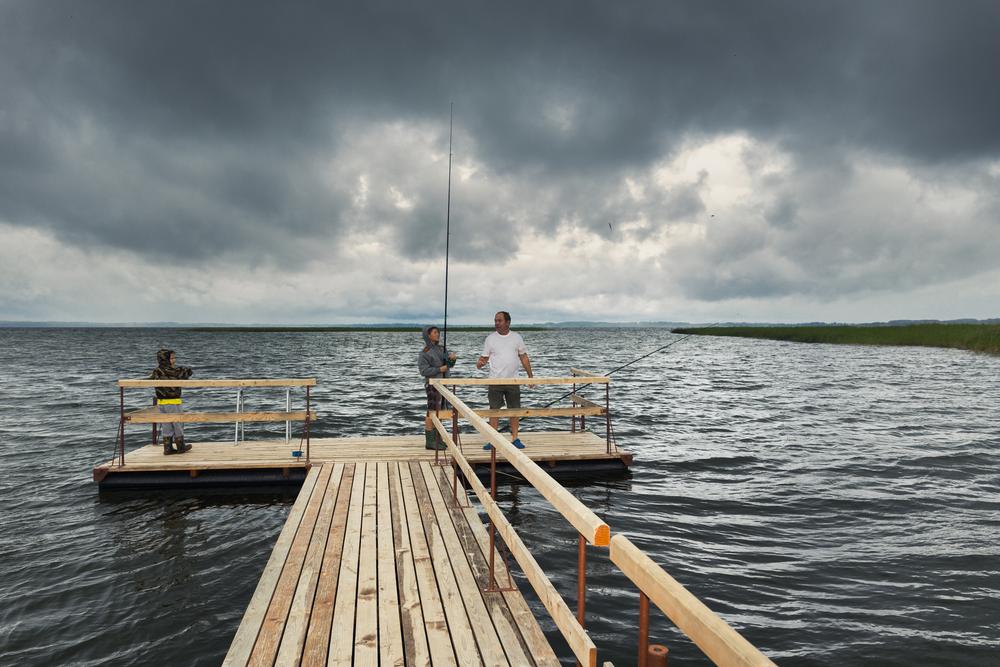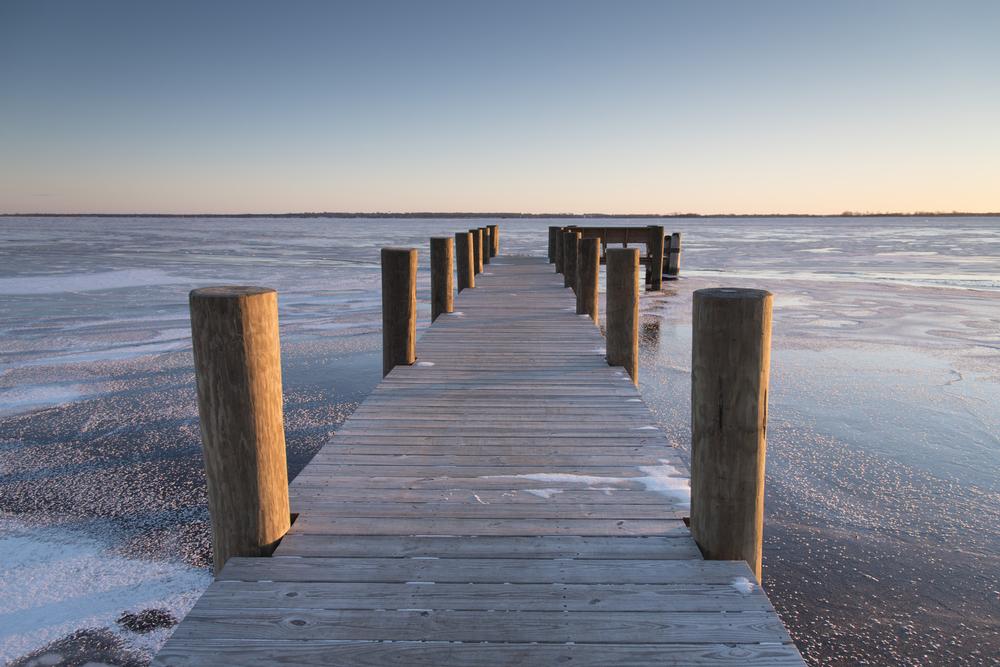Craving lake days packed with boating, fishing, and those quiet, sandy-shore moments? I’ve spent years exploring Wisconsin’s lakes, and I can tell you—there’s nothing quite like cabin life in the Northwoods or a summer day spent on a glacial lake. In this post, I’ll take you to some of my favorite spots, from pine-lined shores to small-town retreats. No matter the season, you’ll find a fresh reason to unwind and soak up the beauty of the Badger State.
Highlights:
- Lake Geneva: I love the mix of classic resort town charm and outdoor fun here. You can walk the lakeside trail, hop on a boat tour, and end the day with ice cream and a sunset.
- Lake Winnebago: This massive inland lake is a favorite of mine for sailing and serious fishing. If you’re into sturgeon spearing in winter—it’s legendary around here.
- Devil’s Lake: You’ll want your hiking boots for this one. I’ve hiked the bluffs and cooled off with a swim in those clear waters. It’s a perfect day trip with unforgettable views.
- Minocqua Chain of Lakes: I’ve paddled these waters more times than I can count. You’ll love the Northwoods vibe—quiet mornings, loons calling, and plenty of places to fish or just float.
- Chequamegon Bay on Lake Superior: When I want big water with a small-town feel, this is where I go. You can kayak the bay, grab fresh-caught fish, and take in the laid-back charm of the Lake Superior shoreline.
Unique Wisconsin Lakes
Frequently Asked Questions:
-
How many lakes are there in Wisconsin?
- Wisconsin is home to 15,000 breathtakingly beautiful lakes that offer thousands of miles of scenic shoreline.
-
How were Wisconsin’s lakes formed?
- Many lakes are natural and were created as a result of the retreating ice after the last ice age.
- Some were formed by impounding rivers and creating dams.
-
What activities can you do on Wisconsin’s lakes?
- Some lakes are shallow and great for fishing, while others are large and fantastic for boating and water sports.
-
Are Wisconsin lakes good for fishing?
- All Wisconsin lakes are a fisherman’s delight, surrounded by marshes or forests with lovely scenic hiking trails perfect for a day trip.
- You can purchase your fishing license here.
-
Are all Wisconsin lakes developed?
- While some lakes have been considerably developed over the last two centuries, others are still fairly wild and unspoiled, protected in numerous parks and reserves, and full of birds and other wildlife.
Best Time to Visit Lakes in Wisconsin
- May to June – Warming weather and fewer crowds make it perfect for fishing and paddling.
- June & July – Peak season for swimming, boating, and lakeside camping adventures.
- August – Great for water activities, though some lakes may experience algae blooms.
- September to October – Crisp air and colorful foliage offer peaceful lakeside escapes.
- November to April – Quiet season with ice fishing, snowshoeing, and frozen lake scenery.
Map:
In Summary...
(and if you want to revisit my photo journey)



